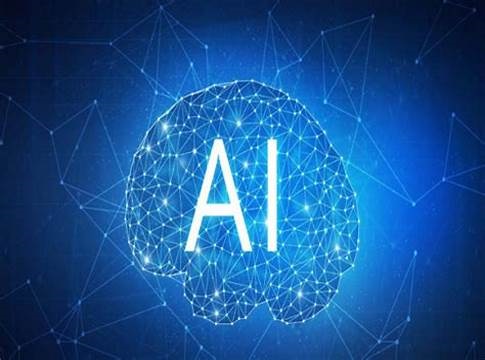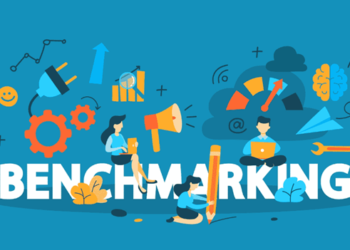Generative AI is gaining popularity these days, owing to its quick evolution and the numerous applications it finds in everyday life. Nowadays, virtually every business is looking for methods to incorporate generative AI into their work processes, streamlining repetitive activities and freeing up human workers for more complex work that requires human intelligence. In fact, we’re seeing generative artificial intelligence in places we hadn’t expected to find it. Not every industry is ready for the use of AI in their workflow, however.
Generative artificial intelligence refers to a system that can recombine current data or create new data from it. This can take numerous forms, including content creation, artwork creation, music, and the evaluation of applications and forms based on specific criteria. Here are some of the current applications for generative AI.
Content Creation
The most direct application of generative AI is in creating content. While primitive types of content creation software existed before systems like ChatGPT erupted onto the scene, the launch of ChatGPT marked a new milestone in generative AI. Now there was a system capable of collecting terabytes of past material and paraphrasing or recombining it into a never-before-seen output. Of course, students looking for ways to cut back on their schoolwork were among the first to experiment with ChatGPT to write their academic papers for them, in one of the first generative AI applications. It was here that they discovered that, while the generative AI system is quite good at creating material, it is still not up to the level of human authors. Human material remains superior to generative AI writing, which is superficial and lacks thought. However, for someone wishing to write a quick blog post on a specific topic, make copyright-free, unique music, or create artwork for anything imaginable, generative AI has a role in content production.
Implement AI-driven customization of user experiences
Generative AI has already established itself as a viable option for any procedure that benefits from a personalized user experience. For instance, generative AI in the medical profession uploads a patient’s medical history and diagnosis data to a system, which then generates instructions, informational material, and other critical information tailored to the patient’s specific medical concerns and circumstances. Currently, a facility discharges medical patients with generic instructions that pertain to their overall condition, potentially containing irrelevant information. Generative AI may generate material tailored to users’ needs and experiences, saving time and reducing redundancy. Experts in generative AI software development are constantly looking for ways to create new uses for AI in everyday life.
Automate routine tasks
As mentioned above, one of the areas in which applications of generative AI is a helpful tool across many industries is the automation of routine tasks. Currently, it can be expensive to hire a human worker to check resumes, job applications, or answer specific queries all day. Artificial intelligence chatbots can be useful in a variety of situations, including answering technical questions on a customer service website, answering quick reference questions for a library, such as hours of operation or driving directions, and answering simple medical questions at a medical facility. In terms of automating other jobs, AI can scan hundreds of applications and resumes to narrow down potential job candidates, as well as do a variety of other duties that would take people time but are simple for an automated system.
Develop adaptive learning tools
Artificial intelligence, like the previously described tailored experiences, has the ability to create adaptable learning aids. Consider a person attempting to learn a job skill using virtual reality who already has some expertise. Virtual reality, when combined with artificial intelligence, can create a personalized learning environment based on students’ existing experiences, maximizing their time for learning new material. Real world AI can also assist younger children, such as elementary pupils, in learning a variety of required skills and tasks adapted to their unique learning styles.
Create tailored treatment strategies
A variety of medical uses of generative AI, including predictive diagnosis and medical treatment regimens, are helpful too. When a patient’s information is uploaded to a system designed for this purpose, the system can compare it to known information about certain conditions and generate a treatment plan for the patient that takes into account their specific situation, such as any medication allergies or physical limitations that may prevent physical therapy. Diagnostics can also utilize these technologies, aiding clinicians in diagnosing specific illnesses and minimizing human error.
Conclusion
Generative AI is still a long way from replacing humans in many industries, but AI in the real world currently consists of automating repetitive or routine activities, freeing up humans for more complex work, is extremely valuable. While we should never use artificial intelligence to replace human decision-making in areas like ethics or medicine, it can serve as an extremely useful tool for streamlining processes and monitoring potential human error. Similarly, AI is still a long way from producing writing as lively and in-depth as a human author, but it is a highly useful tool for assisting with the framework of an article, double-checking grammar or spelling issues, and developing ideas on how to proceed with a topic.











































































